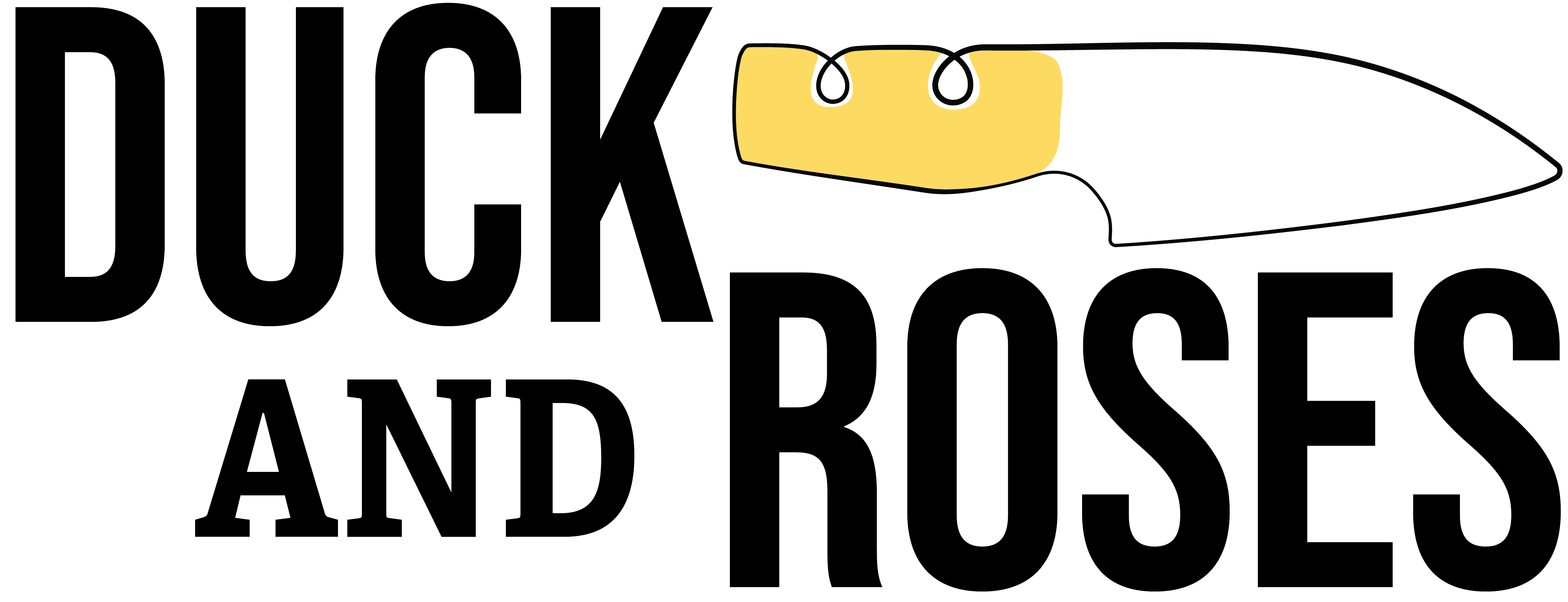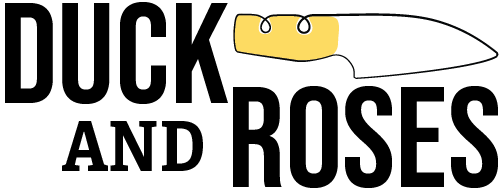Originally written as part of the World Cup 2014 cooking project.
Football:
Chile’s World Cup history goes back to the inaugural World Cup in 1930 in Uruguay where it finished 5th out of the 13 teams that competed. It has competed in 8 previous World Cups with a best finish of third back in 1962, the year that Chile hosted the World Cup.
There is usually one player in a team that others fear, or at least have a wary respect for: Messi for Argentina, Neymar for Brazil, Pirlo for Italy, Ronaldo for Portugal, Touré for Côte d’Ivoire; the list goes on. In France 1998, Chile was not expected to do much, but teams were wary of its one outstanding and dangerous player at the time, Marcelo Salas. He was that little bit of class that could elevate the expectations of a nation. Wherever Salas played he won trophies; for clubs in South America and Europe. He had a deft scoring touch and an amazing aerial ability for a relatively short guy, which helped him score 4 goals in the 1998 tournament. The only downside for Chile was that they met a Ronaldo inspired Brasil in the second round and were beaten 4-1, with Salas scoring a consolation goal.
In Brasil, I reckon Chile has done remarkably well to progress through to the second round, given it had the Netherlands, Spain and a tenacious Australia side in its group. And just like in 1998 they face Brazil again in the second round. Even though they don’t have a Salas this time, I still think that they have a chance of beating Brazil – it should be a belter of a game.
Dish:
I am delving in to Chilean food for the first time and not to my surprise the cuisine is as diverse as the country is long. With such a lengthy coastline seafood is a big influence in Chile’s choice of food, especially as the phenomenon known as the Humboldt Current (the marine system that flows up the coast of Chile) encourages an abundance of sea life to live in Chilean waters. Some of the standout dishes that I must try at some point are: raw clams with lemon juice (imejas con limón); abalone bread pudding (chupe de locos); scallops in melted butter covered in grilled Parmesan (ostiones a la Permesane); and Chilean crab pie served in its shell (pastel de jaiba).
Moving away from seafood I wanted to celebrate two ingredients of Chile; chorizo and achiote. Chilean chorizo comes in short fat links and has an amazing amount of luscious red fat. The local Latin American deli near where I live has a range of wonderfully fatty chorizo – every time the El Salvadoran lady goes to cut a chorizo from the hanging bunch drips of red oil splash down on to her face – she laughs and says that she goes home sometimes looking as red as the Chilean home kit.
Achiote, or annatto, is the collective noun applied to the berries gathered in the Amazon rainforests. The native Brazilians that collected them used the red colour from the berries as a dye to paint their bodies. When the Africans arrived in Brazil they found that they could use the dye in food, and missing the food from home they dyed cooking oil to make it look like the dende (palm oil) from back home. The dye, known as color chileno, is today used extensively in Chilean cooking, where the achiote seeds are infused in oil and strained out to produce an intensely red dye.
The dish I have cooked is huevos revueltos con color chileno, or Chilean scrambled eggs, and they are accompanied by some hot freshly made arepas.



